It’s been a while since I’ve posted an update but I have not stopped working on the machine.
I’ve done a lot of work on the machine and have even machined a few useful parts. I built a suitable table to set the machine on top of and positioned right near the breaker box. It fits on the table nicely and I left some room on the right hand side for the cable chain that I’d eventually be adding. In this photo the plate is mounted to the Z-axis, but there is no z-axis installed.
Once I got the machine up on the table I worked on the mount to get the dremel running on the Z-axis so I could do some practice cuts. I just used flexible pieces of acrylic rod to keep the wires up and out of the way for the time being but it was good enough to do some first cuts.
The lighting in these photos is pretty bad as this room is not well lit and having black-out curtains over the windows doesn’t help that. You can see that the dremel mounted to the Z-axis looks TINY compared to the mounting plate.
You can also see that I’ve lowered the gantry down to a minimum working height for most of my projects, this reduces amount of leverage the gantry can generate (from router side loads) and provides a sturdier setup. If I need to I can raise the gantry to work on deeper projects, but I don’t forsee needing to do that for a while.
Here are a few of the things that I cut with the Dremel tool, I was experimenting with positioning and using the text generator function included with mach 3. I found it extremely difficult to do that and eventually I started doing text in Adobe Illustrator then exporting it to a DXF and processing the tool path with DolphinCAM or CamBam (both demo versions)
The acrylic plates were samples I got from Acrylite, they sent me a sampler kit a long time back when I was doing some projects for work and they turned out to be great test pieces.
The picture below was my first attempt and cutting expanded PVC (commercial name is travosil) it comes in a sheet, is relatively soft and forgiving to ‘oopses’ while experimenting. This was a file I got from a co-worker for a sign he was sending out to printed.
The acrylic pieces looked kind of nice so I cut another one and side lit it with some LEDs, the results look great and give me some ideas for doing a solar powered address marker for my house. As you can see there is a ‘jog’ in the cut for the letters. This turned out to be the collet on the Y-axis had slipped and I picked up a huge amount of backlash. I’ve since resolved that by not running the gantry to the max limits as it results in bumping the collect loose.
When I got the DolphinCAM / DolphinCAD demo package I wanted to try something a little more complex so I made a useless part and cut it out of the expanded PVC material. It was a lot of fun to see the machine zipping around and cutting out all the holes and then routing the big ‘go round’ for the outside of the part. You can see in each part one hole that is missing the center drill-through. I had put in the tool paths, but did something that caused DolphinCAM to reset the depth to 0″ and thus not machine the hole.
After some experimenting with the dremel my new collet arrived for my 2 1/4 horsepower Dewalt DW618 router. The previous collet had snapped in half. Now that I had this important piece I bought a 1/4″ end mill router bit and a 1/4″ ball nose router bit as well. Someone on CNC zone had posted their plans for a router mount that fits 3.5″ diameter routers. I used the scroll saw to cut the MDF out in the shape of the mount. MDF is terrible to work with because it produces so much dust, but the resulting mounts were adequate to mount the big router.
You can also see the fluorescent lighting I’ve added over the table and the electrical outlets I added to the breaker-box box on the left. I used the full sized router to cut out the wholes for the outlet boxes in the plywood panel and it worked out good. You can also better see my goofy looking cable support hanging over the router table. You can also see in the bottom right hand corner of the picture my Vortex dust collector. I cut the rings out of MDF with this router and the dust collector works incredibly well! I just wish I had one when I had to cut the parts for it.
Since that photo was taken I’ve received some Igus Energy Chain that I ordered off of eBay. It’s pretty hefty stuff (about 3″ by 1.5″ inside dimensions) so I’ll have plenty of space to add the water cooling lines for a chinese VFD spindle, limit switch lines and home switch lines once I get all of that stuff going.
The cable chain wasn’t too hard to install, but I did have to make an arm which attached to the Y axis to support the cable chain and also on on the X-axis. For the X-axis I also needed to build a support for the lower part of the Igus Energy Chain to keep it from sagging. I used some aluminum stock and aluminum angle to make this part and mounted it to the extrusion using T-nuts.
Here’s the overall view, it’s much cleaner looking.
Close ups of the Y-axis
Close ups of the X-axis
Huge improvement and it adds a lot of appeal to the look of the machine overall. I’m happy with it. Right now I’m moving the computer and Gecko G540, PSU an other components into a cabinet built under the table. The cabinet under the table will be sealed up and some fans with particle filters and exhaust vents installed on the sides to keep fresh air flowing through.
To limit dust I’ve been messing around with a dust shoe design. I cut a couple of pieces out of .2″ acrylic sheet, the top and bottom plate, as well as the stack to connect the vacuum hose to. I used double sided tape to hold the acrylic down while I was cutting it. This was fine for the big pieces, but those stackable rings shot out all over the place once they were cut free.
The finish on the pieces was very good, aside from the rings which had a little bump on the edge where they tore free and shot off the router table. The big pieces were great and I just flamed them a little with a MAP torch and they look awesome and clear.
Once I get the electronics done I’ll post some more pictures and information about the type of wire and connectors I used for that. Then I’ll finish up the dust shoe. In the meantime I might post some information about the vortex vacuum thing I built. There’s drawings all over the internet for the ‘cyclone’ dust collectors and you can buy ready made ones pretty easily such as the tiny Dust Deputy from Oneida, or larger ones for shopwide dust extraction systems. Once I had mine built and tested, no dust at all was making it into my shop vac or it’s filter! With shop vac filters costing almost $15 each, this $10 or so worth of parts and lacking construction is going to save me a lot of money in the long run.
Please post a comment below if you have any questions or comments. -Thanks!
Previous: Great Progress
Next: Finished(?)
Search CNC Posts

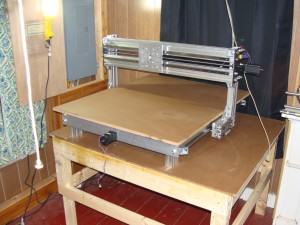
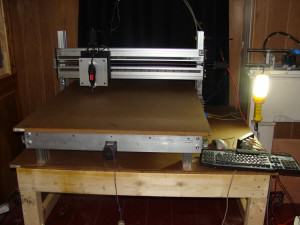
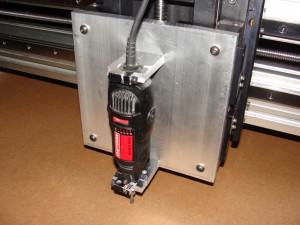
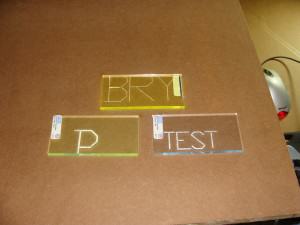
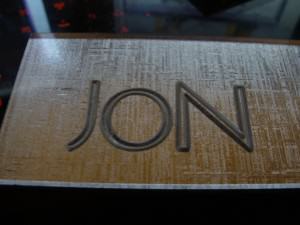
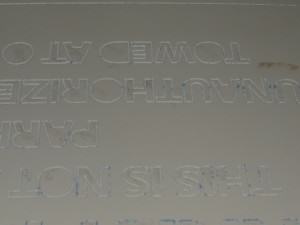

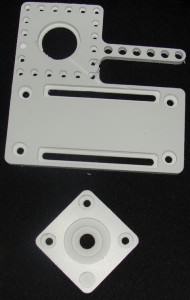
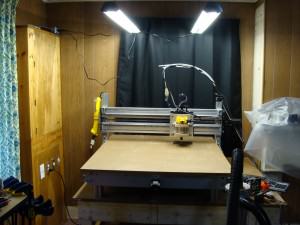
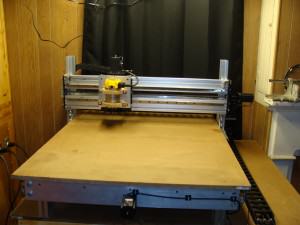
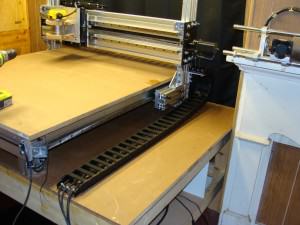
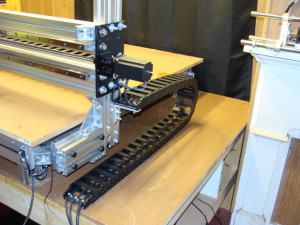
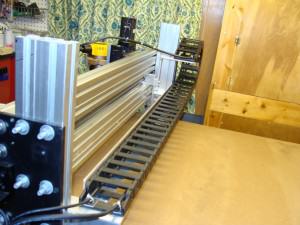
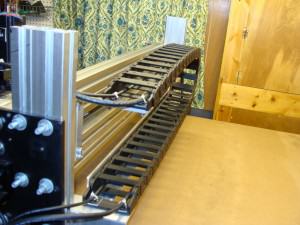
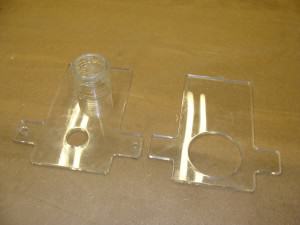
Part 11 : DIY CNC : Almost Finished 1 Trackbacks / Pingbacks
Diy Cnc Router – todoityourself.com Comment on Part 11 : DIY CNC : Almost Finished (September 9th, 2019 at 12:35)
[…] Download Image More @ www.jonshobbies.com […]
Leave a reply to Part 11 : DIY CNC : Almost Finished